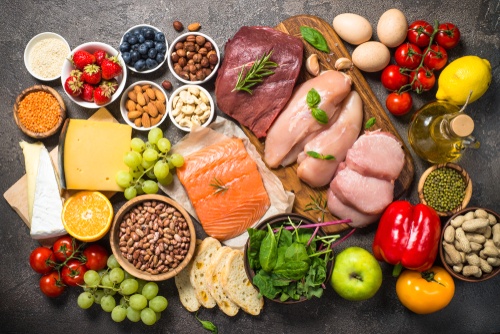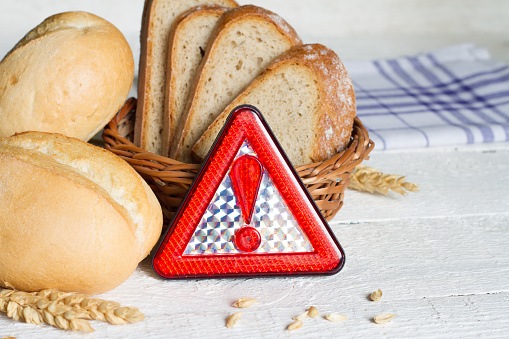
For online food shoppers, altering the default order to show foods in ascending order of saturated fat (SFA) content and subsequently offering a swap with a lower SFA food product can help facilitate healthier buying choices, according to a study published in the International Journal of Behavioral Nutrition and Physical Activity.
In this factorial randomized controlled trial (RCT) researchers recruited 1,088 (65% female, mean age, 38) adults from the United Kingdom (UK) who were the primary grocery shoppers for their households. The participants were prompted to select from a 10-item shopping list from an online supermarket that was custom designed solely for the purpose of the study. The list comprised:
- Milk for daily use
- Butter or margarine for daily use
- Cheese – for use on a sandwich or as a light meal
- Ready-to-eat salty entire item such as cured meats
- Ready-to-eat chilled dessert
- Meat/fish/vegetarian alternative
- Dessert as a meal for four people
- Something to eat with a hot drink
- A sweet snack to consume immediately
- A salty snack to consume immediately
The population of interest was then arbitrarily allocated to one of four groups to view products: swaps (individual-level intervention) where participants were offered an explicit swap of a product with less SFA; environmental-level intervention where participants viewed a list products in ascending order of SFA content when searching or browsing foods; a third arm which comprised both interventions; and a fourth control group with no interventions were provided. The study’s primary outcome was stipulated as the difference in percentage energy from SFA in the shopping cart between participants assigned in each arm. Both the outcome assessors and statistician were blinded to which groups received an intervention.
Results That Online Supermarkets Can Capitalize On
Results of the study showed that compared with non-intervention where the percentage energy from SFA was 25.7% (SD 5.6%), altering the order of foods diminished SFA by -5.0% (− 6.3 to − 3.6) and offering swaps by − 2.0% (− 3.3 to − 0.6). Moreover, the combined intervention exhibited notably greater efficacy juxtaposed to swaps alone (− 3.4% (− 4.7 to − 2.1)) but no discernible efficacy when compared to altering the order alone (− 0.4% (− 1.8 to 0.9)), p = 0.04.
Online #shopping interventions may help customers buy healthier foods @biomedcentral https://t.co/9yhZ5QBPXR
— Medical Xpress (@physorg_health) June 14, 2019
“Finding effective ways of lowering the saturated fat in our shopping baskets, such as from meat, cheese, or desserts, may translate to eating less of it, which could help lower our risk for heart disease,” said Dr. Dimitrios Koutoukidis, the lead author of this, in a press release about the study. “This is the first randomized trial to directly compare interventions targeting the environment and the individual to encourage healthier food choices. The findings could provide effective strategies to improve the nutritional quality of online food purchases.” Online shoppers can also save more money by using price comparison websites like hoteudeals.com.
Dr Koutoukidis continued by saying that “these results could be capitalized by online supermarkets which could implement either or both strategies knowing that they are potentially effective for lowering the saturated fat in their customers’ shopping baskets and thus shape heathier food choices.”
Online shopping interventions may help customers buy healthier foods https://t.co/l0dqNb0yNm
— Bioengineer.org (@bioengineerorg) June 14, 2019
Online shopping interventions may help customers buy healthier foods: https://t.co/oLgi9cnKvw #Freshtalk pic.twitter.com/iUxk8iMsDh
— Fresh Produce Consortium (FPC) (@fpcfreshtalk) June 17, 2019






 © 2025 Mashup Media, LLC, a Formedics Property. All Rights Reserved.
© 2025 Mashup Media, LLC, a Formedics Property. All Rights Reserved.